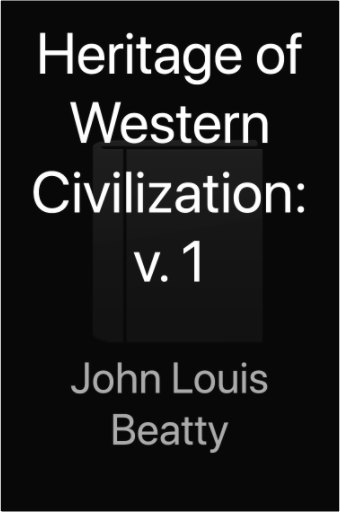 First text in series largely on Western European Civilization. 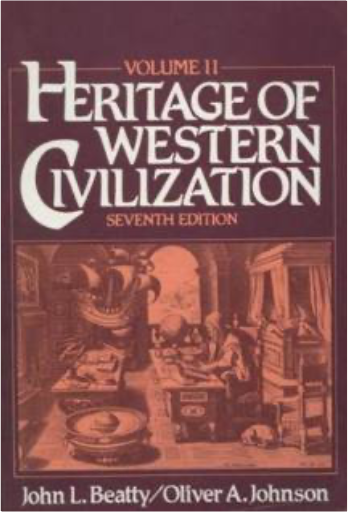 Volume 2 of the Heritage of Western Civilization 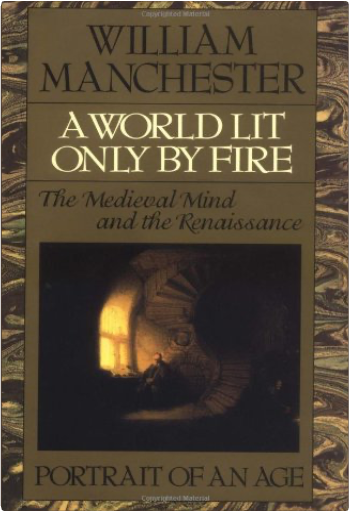 William Manchester's A World Lit Only by Fire is the preeminent popular history of civilization's rebirth after the Dark Ages. 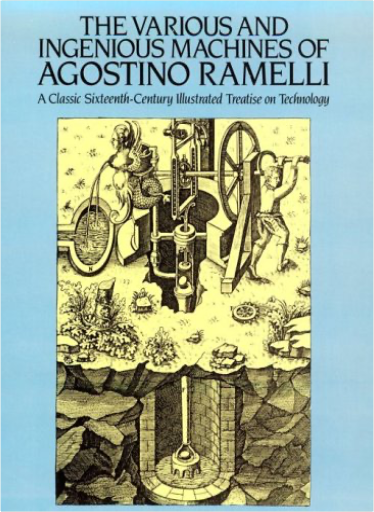 "One of the 16th century's most widely known and copied texts on mechanics, Ramelli's work was especially admired for the excellence of its technical illustrations, its descriptive appeal and its ingenious designs for a broad range of machinery, e.g. devices for raising and lowering water levels, milling grain, breaching military defenses and more. The book was a vital force in technological development for at least 200 years. The present volume . reproduces the rare folio edition published in 1588, including all 194 engraved illustrations, 20 of them double size. Among these are cutaway models and "exploded" diagrams so finely detailed that machines could actually be constructed from them. Depicted and described are precursors of today's giant cranes for moving and raising great weights, water pumps, military bridges, apparatus for scaling city walls and many other devices. 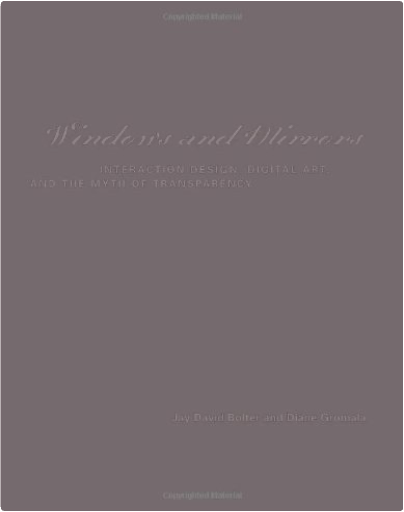 In Windows and Mirrors: Interaction Design, Digital Art, and the Myth of Transparency, Jay David Bolter and Diane Gromala argue that, contrary to Donald Norman's famous dictum, we do not always want our computers to be invisible "information appliances." They say that a computer does not feel like a toaster or a vacuum cleaner; it feels like a medium that is now taking its place beside other media like printing, film, radio, and television. The computer as medium creates new forms and genres for artists and designers; Bolter and Gromala want to show what digital art has to offer to Web designers, education technologists, graphic artists, interface designers, HCI experts, and, for that matter, anyone interested in the cultural implications of the digital revolution.In the early 1990s, the World Wide Web began to shift from purely verbal representation to an experience for the user in which form and content were thoroughly integrated. Designers brought their skills and sensibilities to the Web, as well as a belief that a message was communicated through interplay of words and images. Bolter and Gromala argue that invisibility or transparency is only half the story; the goal of digital design is to establish a rhythm between transparency—made possible by mastery of techniques—and reflection—as the medium itself helps us understand our experience of it.The book examines recent works of digital art from the Art Gallery at SIGGRAPH 2000. These works, and their inclusion in an important computer conference, show that digital art is relevant to technologists. In fact, digital art can be considered the purest form of experimental design; the examples in this book show that design need not deliver information and then erase itself from our consciousness but can engage us in an interactive experience of form and content.  The future of serious writing will lie on the screen. We will read, for reading is indispensable, but we will be less closely tied to the book, to paper and ink. The chief innovation of electronic writing is the link the connection between pages that makes the Web possible and that has already transformed the way we read. For twenty years, fine writers have worked to explore the possibilities of the link, to come to grips with the most important new punctuation since the comma. Many of our finest critics have studied hypertext, especially such classics as Michael Joyce s afternoon and Shelley Jackson's Patchwork Girl. 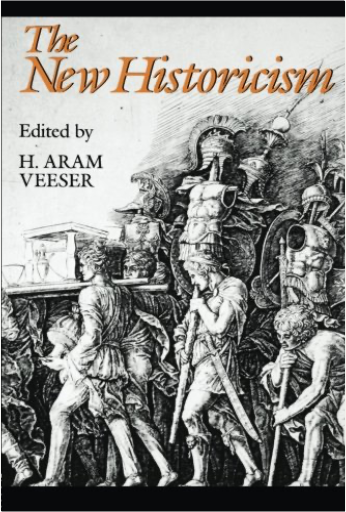 Following Clifford Geertz and other cultural anthropologists, the New Historicist critics have evolved a method for describing culture in action. Their "thick descriptions" seize upon an event or anecdote—colonist John Rolfe's conversation with Pocohontas's father, a note found among Nietzsche's papers to the effect that "I have lost my umbrella"—and re-read it to reveal through the analysis of tiny particulars the motive forces controlling a whole society. Contributors: Stephen J. Greenblatt, Louis A. Montrose, Catherine Gallagher, Elizabeth Fox-Genovese, Gerald Graff, Jean Franco, Gayatri Chakravorty Spivak, Frank Lentricchia, Vincent Pecora, Jane Marcus, Jon Klancher, Jonathan Arac, Hayden White, Stanley Fish, Judith Newton, Joel Fineman, John Schaffer, Richard Terdiman, Donald Pease, Brooks Thomas. | 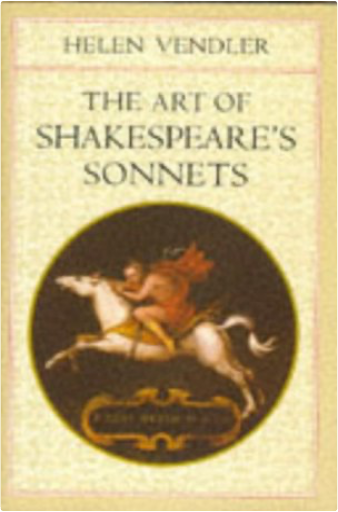 Helen Vendler, widely regarded as our most accomplished interpreter of poetry, here serves as an incomparable guide to some of the best-loved poems in the English language.  More than twenty years after its original appearance in Italian, The Open Work remains significant for its powerful concept of "openness"—the artist's decision to leave arrangements of some constituents of a work to the public or to chance—and for its striking anticipation of two major themes of contemporary literary theory: the element of multiplicity and plurality in art, and the insistence on literary response as an interactive process between reader and text. The questions Umberto Eco raises, and the answers he suggests, are intertwined in the continuing debate on literature, art, and culture in general. 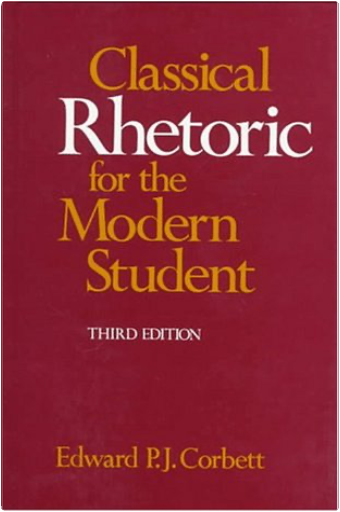 A standard in its field, this new edition provides the most up-to-date current thinking on rhetoric.  “An overwhelmingly rich display of critical theory.” –Rocky Mountain Review Critical Theory Since 1965 (originally published in 1986 and now in paperback) is a collection of theoretical writing by thirty-eight contemporary theorists and, as background, eighteen important intellectual precursors. It is by far the most complete representation of critical theory available, including phenomenologists, structuralists, deconstructionists, Marxists, feminists, reader-response critics, dissenters, and eccentrics, and supplying the background texts necessary of a working understanding of contemporary critical vocabulary and thought. The volume includes selections from Chomsky, Searle, Derrida, Foucault, Frye, Bloom, Kristeva, Fish, Baktin, Berlin, Lacan, Heidegger, Wittgenstein, Lukács, Lévi-Strauss, and Blanchot, among many others. 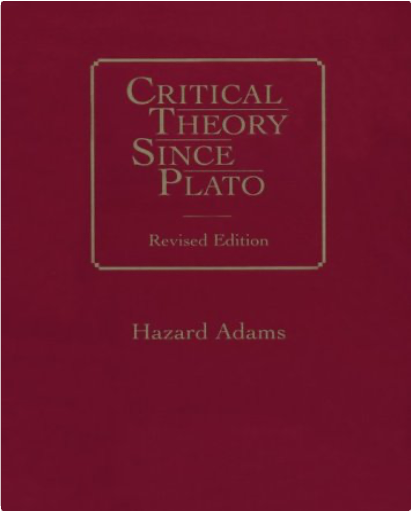 This outstanding anthology traces major critical statements from classic theorists like Plato to the contemporary. This standard historical textbook in the field focuses on important individual thinkers, and not particular schools of thought or isms. Current selections bring the anthology into contemporary times and show students how critical theory has evolved and progressed over time.  Pater, man of letters, influenced Aestheticism and the writing of the 1890s in an immeasurable way. This book gathers together a unique selection of Pater's literary criticism; several essays are printed in their original periodical form, with statements expurgated from later versions. Also included are studies of Wordsworth and Measure For Measure, the well-known essay "Style," as well as material not easily found elsewhere such as "Aesthetic Poetry" and the important original version of "Coleridge." |

library 101720
Collection Total:
1,127 Items
1,127 Items
Last Updated:
Oct 17, 2020
Oct 17, 2020

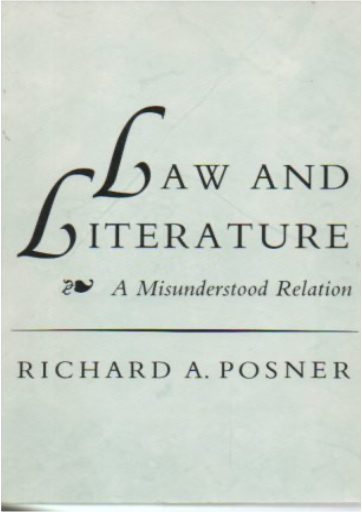
 Made with Delicious Library
Made with Delicious Library